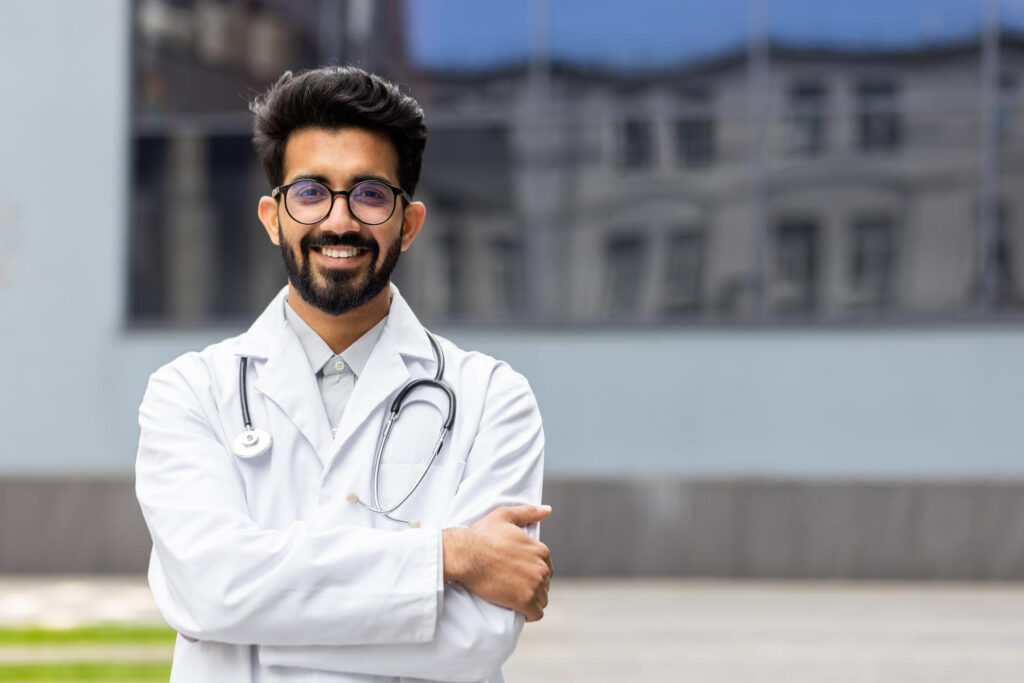

The United States is home to some of the best medical schools in the world, attracting students globally, including those from Bangladesh. Pursuing an MBBS (Bachelor of Medicine, Bachelor of Surgery) in the U.S. offers a prestigious, high-quality medical education, but it comes with unique challenges, processes, and rewards. In this article, we will explore what it takes for Bangladeshi students to pursue an MBBS (known as an MD in the U.S.) in the United States.
Before diving into the specifics, it is important to note that the U.S. does not offer an “MBBS” degree. Instead, students receive an MD (Doctor of Medicine) after completing medical school. The path to becoming a licensed physician in the United States is longer and more structured than in many other countries. Here’s a quick breakdown of the process:
For Bangladeshi students aspiring to study medicine in the U.S., the path can be complex but rewarding. Below are the general steps and requirements:
Unlike many countries where students can start medical school directly after high school, in the U.S., students must first complete an undergraduate degree, typically a 4-year bachelor’s degree with a strong focus on pre-medical courses such as biology, chemistry, physics, and mathematics.
Many Bangladeshi students opt to complete their undergraduate degree in Bangladesh or another country before applying to U.S. medical schools. If you plan to take this route, make sure your degree is recognized and that it includes the necessary coursework.
The Medical College Admission Test (MCAT) is a critical component of the application process. It tests students’ knowledge of biology, chemistry, physics, psychology, and critical thinking skills. Bangladeshi students will need to prepare thoroughly for this exam, as it is highly competitive. Test preparation courses are available online and in some locations around Bangladesh to help students prepare.
The medical school application process in the U.S. is rigorous and often requires:
Studying medicine in the U.S. is expensive. Tuition fees for medical schools can range between $30,000 to $60,000 per year, excluding living expenses. While there are some scholarships available, most international students rely on personal savings or education loans to cover their expenses. It is important to plan your finances ahead and explore any scholarship opportunities available for international students.
Bangladeshi students will need to apply for an F-1 student visa to study in the United States. The process includes being accepted into a U.S. medical school, receiving a Form I-20 (Certificate of Eligibility for Nonimmigrant Student Status), and completing an interview at the U.S. Embassy in Dhaka. Make sure to start this process early, as it can take several months.
Once you have completed your MD degree, the next step is to enter a residency program. Residency allows medical graduates to specialize in a particular field, such as surgery, internal medicine, or pediatrics. Residency programs can last between three to seven years, depending on the specialty.
During medical school and residency, students must pass several stages of the USMLE, including:
Once residency is completed and all steps of the USMLE are passed, you can apply for a license to practice medicine independently in the U.S.
While the U.S. offers excellent medical education, the road is not without its challenges, particularly for international students from Bangladesh:
Despite the challenges, pursuing an MD in the U.S. offers numerous advantages:
Studying medicine in the U.S. is a dream for many Bangladeshi students. While the journey is long and demanding, the reward is a globally recognized degree and the chance to become a successful doctor. It is essential to plan meticulously, prepare for the challenges ahead, and stay committed to the process. With the right preparation and mindset, Bangladeshi students can fulfill their dreams of becoming licensed medical professionals in the United States.
If you’re an Indian student aiming to study MBBS in Bangladesh, Triage Consultancy BD is here to guide you through the entire process, ensuring a smooth admission experience.
Contact us today for more information.
